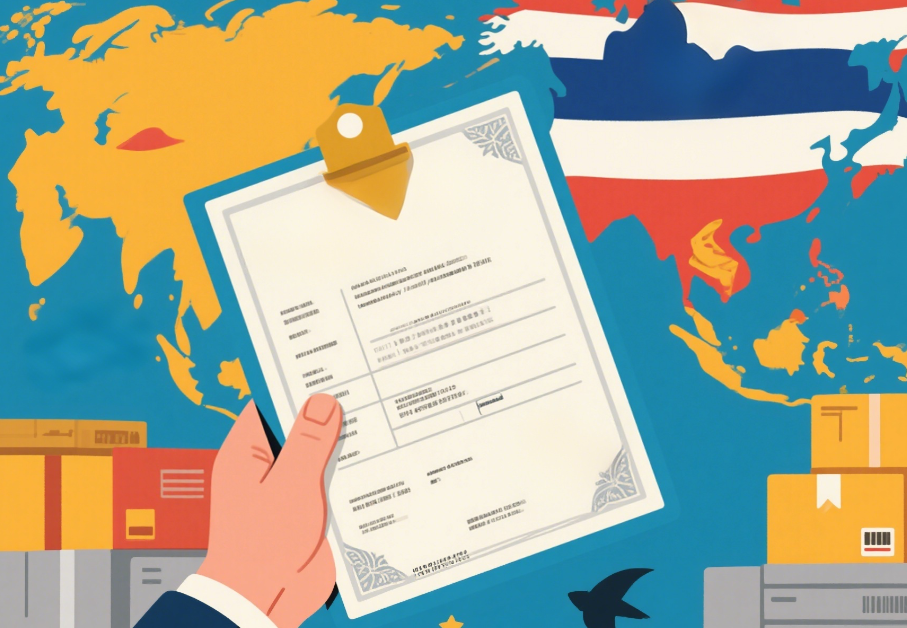A Guide to Selecting Suitable Incoterms and Payment Methods for B2B Export Transactions
In the realm of B2B export transactions, choosing the right incoterms and payment methods is crucial for the smooth flow of business and the security of funds. This guide will walk you through the key aspects of making these important decisions.
Understanding Common Incoterms
Incoterms, or International Commercial Terms, define the responsibilities of buyers and sellers in international trade, including the division of risks and costs. Let's take a look at some of the most commonly used incoterms:
- FOB (Free on Board): Under FOB, the seller is responsible for delivering the goods on board the vessel at the specified port of shipment. The risk of loss or damage to the goods passes from the seller to the buyer when the goods are on board the vessel. According to industry data, about 30% of B2B export transactions use FOB, as it provides a clear demarcation of risks and costs.
- CIF (Cost, Insurance, and Freight): CIF requires the seller to pay the costs, freight, and insurance to bring the goods to the named port of destination. However, the risk of loss or damage to the goods passes to the buyer when the goods are on board the vessel. Around 25% of B2B export deals opt for CIF, as it offers convenience for buyers who may not be familiar with international shipping and insurance procedures.
- CFR (Cost and Freight): Similar to CIF, but the seller is not responsible for insuring the goods. The risk also transfers to the buyer when the goods are on board the vessel. Approximately 20% of B2B export transactions use CFR, especially when the buyer prefers to arrange their own insurance.

Exploring Payment Methods
Payment methods play a vital role in B2B export transactions, ensuring the safety of funds and the timely completion of deals. Here are two popular payment methods:
- T/T (Telegraphic Transfer): T/T is a direct bank transfer where the buyer instructs their bank to transfer funds to the seller's bank account. It is a simple and fast payment method. In fact, about 40% of B2B export transactions use T/T, especially for small - to - medium - sized orders. There are two main types of T/T: pre - payment (where the buyer pays before the goods are shipped) and post - payment (where the buyer pays after receiving the goods).
- L/C (Letter of Credit): An L/C is a document issued by a bank on behalf of the buyer, guaranteeing payment to the seller upon presentation of specified documents. It provides a high level of security for both parties. Around 30% of B2B export transactions, especially large - scale and high - value deals, use L/C. It is often used when there is a lack of trust between the buyer and the seller or when trading with unfamiliar markets.
.jpg)
Operation Processes of Payment Methods
Each payment method has its own operation process:
For T/T, in pre - payment, the buyer transfers the funds to the seller's account after the contract is signed. The seller then arranges the production and shipment of the goods. In post - payment, the seller ships the goods first and provides the necessary documents to the buyer. The buyer then makes the payment after receiving and inspecting the goods.
For L/C, the buyer applies to their bank for an L/C issuance. The bank issues the L/C and sends it to the seller's bank. The seller ships the goods, prepares the required documents as per the L/C terms, and presents them to the bank. If the documents are in compliance, the bank makes the payment to the seller.
Risk Analysis and Prevention Measures
Every payment method comes with its own risks:
In T/T pre - payment, the buyer bears the risk of non - delivery or sub - standard goods. To prevent this, the buyer can conduct due diligence on the seller, such as checking their business reputation and financial status. In T/T post - payment, the seller faces the risk of non - payment. Sellers can use credit insurance or require a partial pre - payment to mitigate this risk.
In L/C transactions, the main risk is document non - compliance. Sellers need to carefully review the L/C terms and ensure that all documents are prepared accurately. Any minor discrepancy in the documents can lead to payment delays or even non - payment.
Making the Right Choices
When choosing incoterms and payment methods, you need to consider several factors:
- Relationship with the Buyer: If you have a long - standing and trustworthy relationship with the buyer, you may be more flexible with payment methods, such as using T/T post - payment. However, if it's a new buyer or there is limited trust, L/C may be a better choice.
- Nature of the Goods: For perishable or high - value goods, you may want to choose incoterms and payment methods that offer more protection. For example, CIF can provide insurance for high - value goods, and L/C can ensure payment security.
- Market Conditions: In some markets, certain incoterms and payment methods are more commonly used. You need to adapt to the local market practices to facilitate the transaction.
.png)
In conclusion, selecting the appropriate incoterms and payment methods is a critical step in B2B export transactions. By understanding the definitions, risks, and operation processes of different incoterms and payment methods, and considering the specific circumstances of each transaction, you can make informed decisions that safeguard your interests and ensure the success of your export business. If you need more in - depth advice on incoterms and payment methods for your B2B export transactions, don't hesitate to contact our professional team. We are here to assist you in making the best choices for your business.
 400-076-6558智领未来,外贸超级营销员
400-076-6558智领未来,外贸超级营销员
 400-076-6558智领未来,外贸超级营销员
400-076-6558智领未来,外贸超级营销员


.jpg)
.png)
.png?x-oss-process=image/resize,h_100,m_lfit/format,webp)
.png?x-oss-process=image/resize,h_100,m_lfit/format,webp)

.png?x-oss-process=image/resize,h_100,m_lfit/format,webp)
.png?x-oss-process=image/resize,h_100,m_lfit/format,webp)
.png?x-oss-process=image/resize,h_100,m_lfit/format,webp)
.png?x-oss-process=image/resize,h_100,m_lfit/format,webp)
